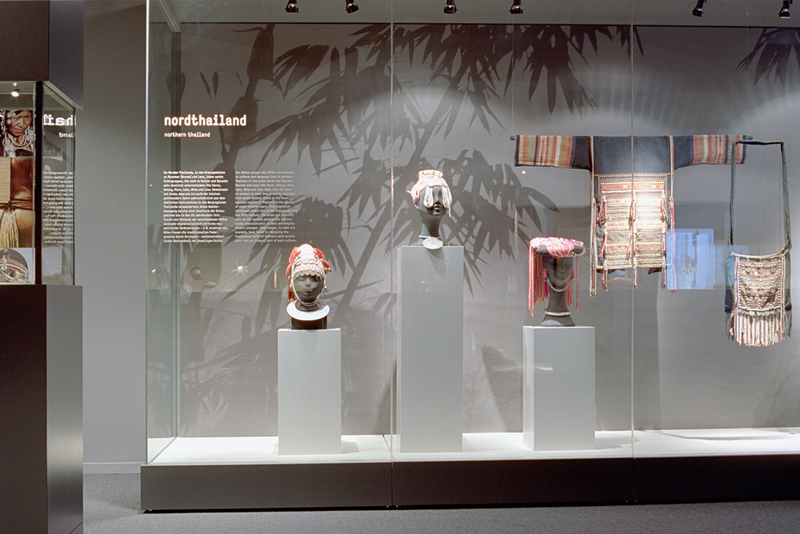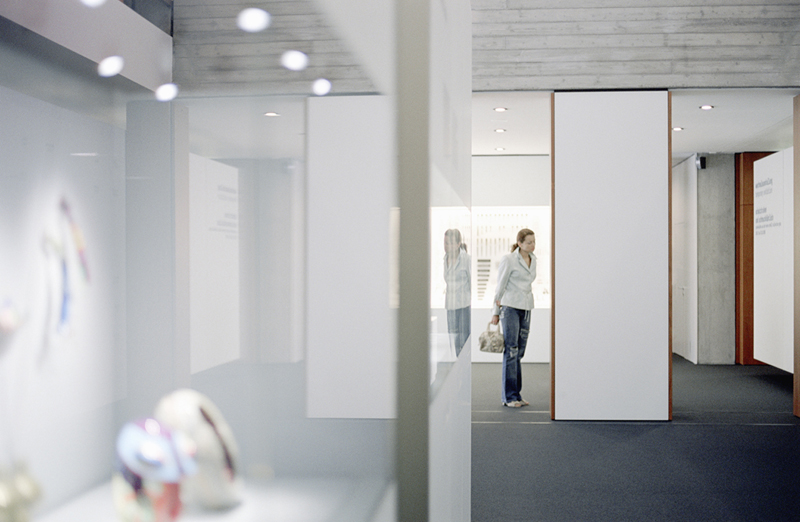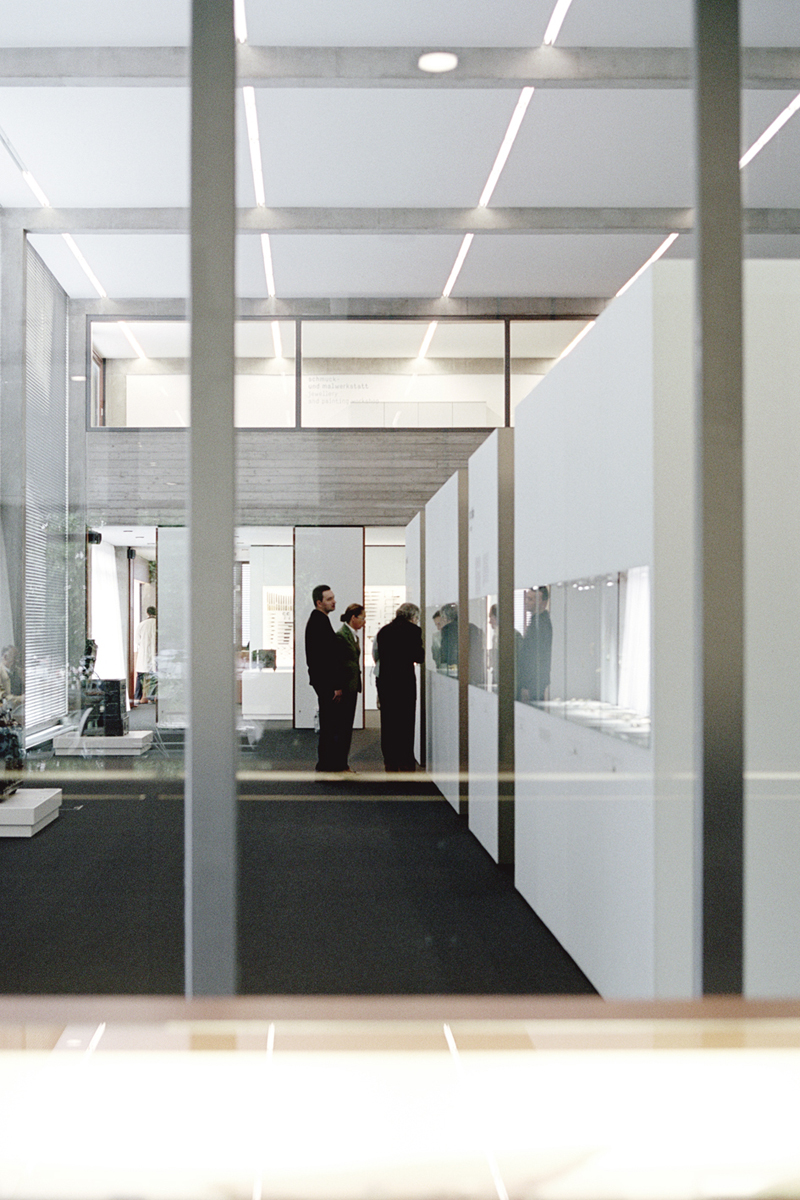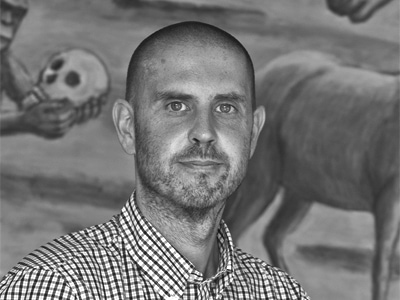


I’m most taken by the potential of precious materials, most struck by how truly debased manufacturing jewelry is in its use of traditional jewelry materials. These objects from the last 500 years – from the renaissance to the beginning of the twentieth century – reveal the most astonishing use of gold and precious stones such as diamonds, emeralds and rubies. They sparkle and glitter in an endless display of inventiveness. I feel like this jewelry reconnects us, restores to us a whole range of materials and practices from which contemporary jewelry has been disconnected. You can do amazing things with diamonds! Or at least you could for about 400 years. And I feel like I am again forcefully reminded of the power of jewelry as a glittering object. It magnifies your personal radiance, your personal radioactivity (as sociologist Georg Simmel puts it), giving you greater agency in the world, a stronger ability to influence and affect your social relations.

My unease about this issue is compounded by the Eva and Peter Herion collection of ethnographic jewelry, displayed in a dedicated gallery. This is where you find the rest of the world, and the terms in which it is included are somewhat unfortunate, an outdated version of the salvage paradigm. The wall text says that ‘Eva and Peter Herion visit the refuges of traditional societies to acquire outstanding testimony to past forms of life and exquisitely crafted art before these societies have fallen victim to the inexorable advance of modernisation.’ There are some fantastic examples of adornment here and the gallery works on a rotating display that covers every culture eventually. (When I visited, India, Africa, Papua New Guinea, Namibia and Northern Thailand were on display.) But there are some real problems here. All objects lack dates, in marked contrast to the careful chronology given to the European historical jewelry. The objects are static, trapped outside history, their timelessness critical to their authenticity as material evidence of dying cultures. There is a group of photographs on one wall of the gallery demonstrating the way these objects are worn and the kind of contexts in which they belong, clearly contemporary (or second half of the twentieth century at least). However, the photographs just aren’t enough to undo the violence of the presentation. These objects desperately need to be historicized, allowed back into time, as evidence of cultures that are changing and adapting – rather than being eradicated – by modernity.

Of course, it is the final gallery that answers questions about how to connect the history of jewelry with contemporary jewelry in the present. The answer lies with movements such as jugendstil, and then art deco, which managed to maintain connections to materials and processes of the past and freshen them up for the present. And the display even goes through into the second half of the twentieth century, with people like Herbert Zeitner and Reinhold Bothner showing recent possibilities in this direction.

It is, I think, a convincing story, and very interesting in the sheer number of people it brings into play – so many people that I have never heard of, so much jewelry dealing with the issues in an unbelievable variety of ways. At the end of my visit, while admiring everything that I have seen, I find myself grateful to come from a part of the world where the weight of the jewelry past sits so lightly on our shoulders. I’m also aware of one of the reasons why European jewelry is as good and historically literate as it is. Every jeweler, collector and writer dealing with contemporary jewelry should, at some point, visit the Schmuckmuseum and consider how they fit into this narrative – to understand that this is the history of the practice we each engage with and the collective heritage that stands behind everything we do.




